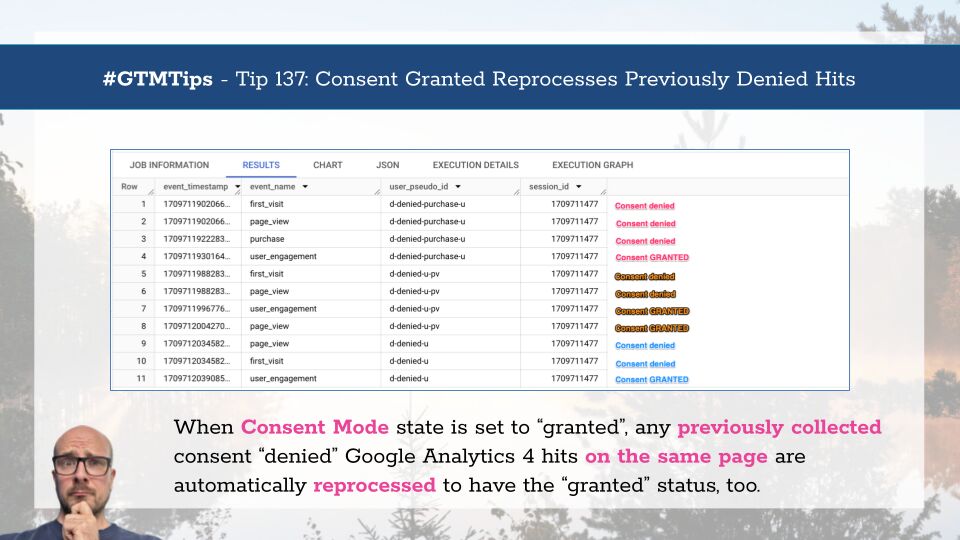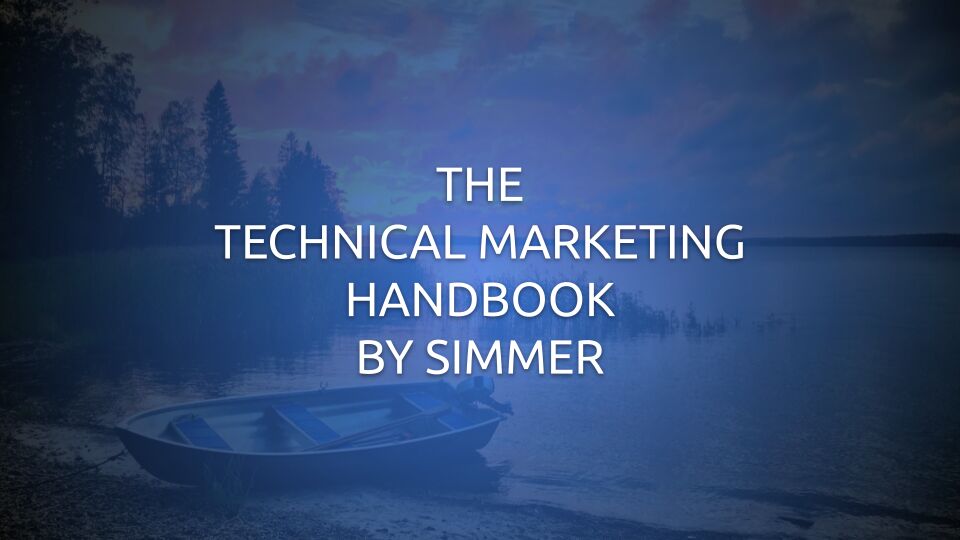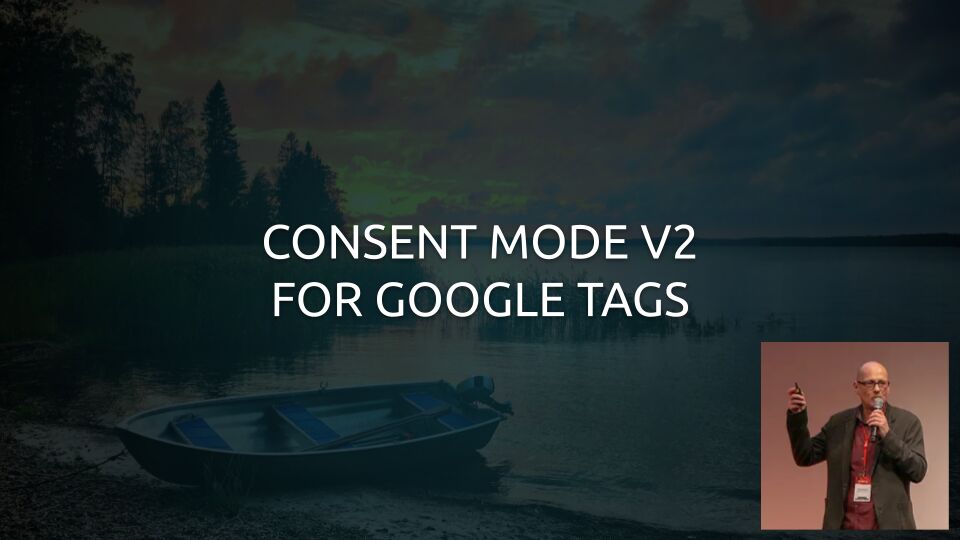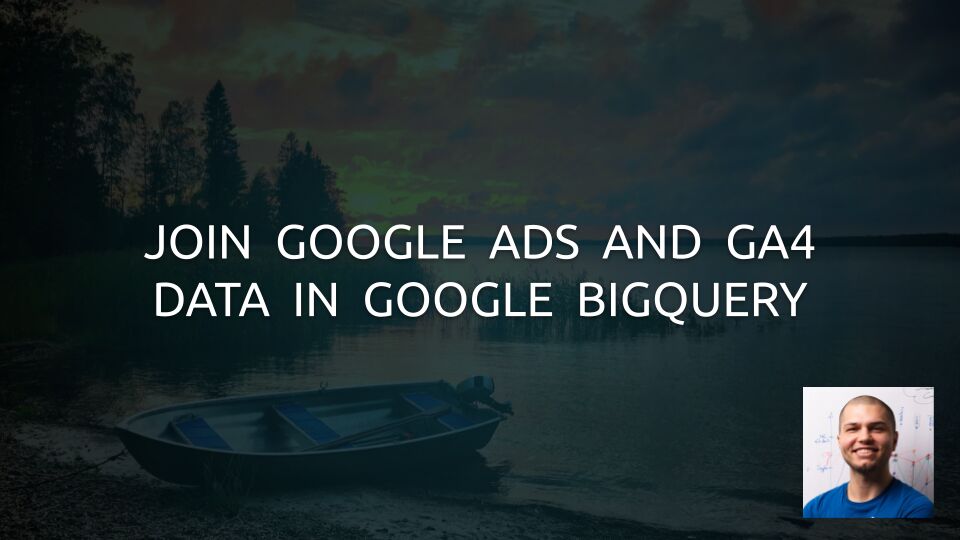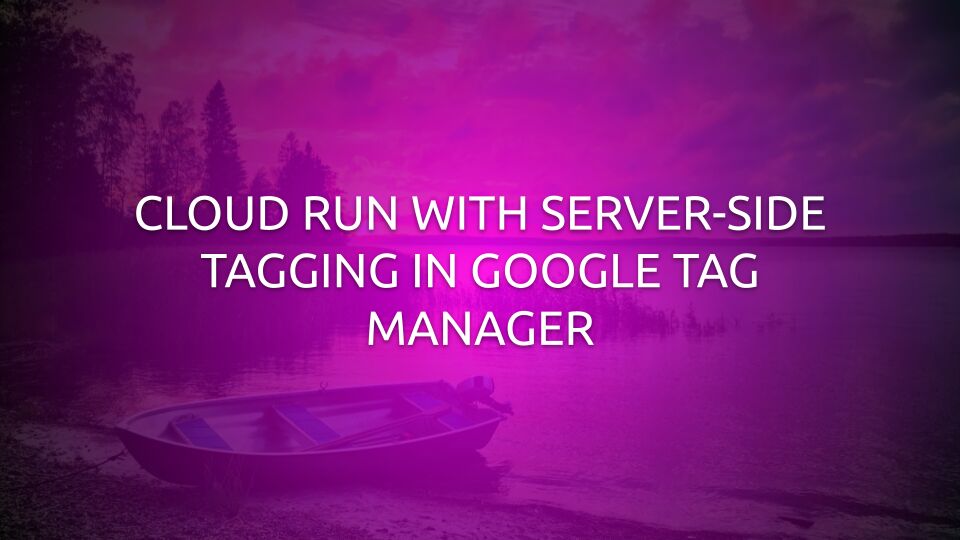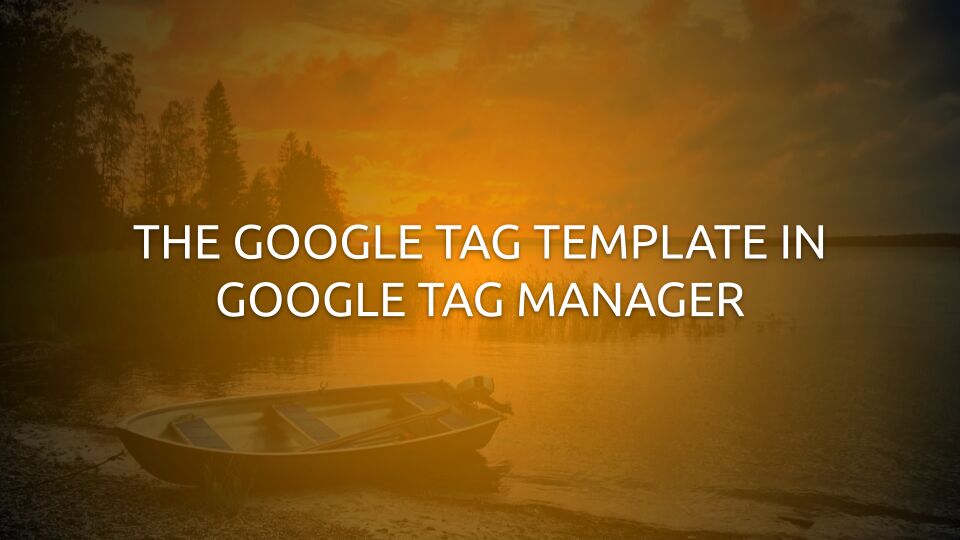This will be a quick tip, but it’s here to correct my previous statements in the comments section of different articles on this blog.
When using Advanced Consent Mode, Google Analytics 4 collects hits when consent is in "denied" state. These hits have a lot of parameters stripped off them, including identifiers like the Client ID and the Session ID.
The hits will not surface in reports directly, but they will instead go through a modeling process to enrich the reports once modeled.
